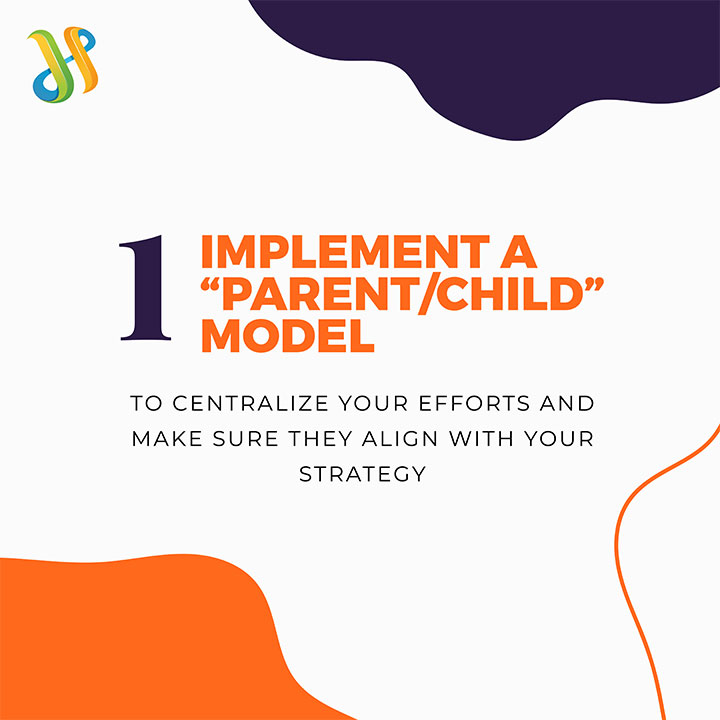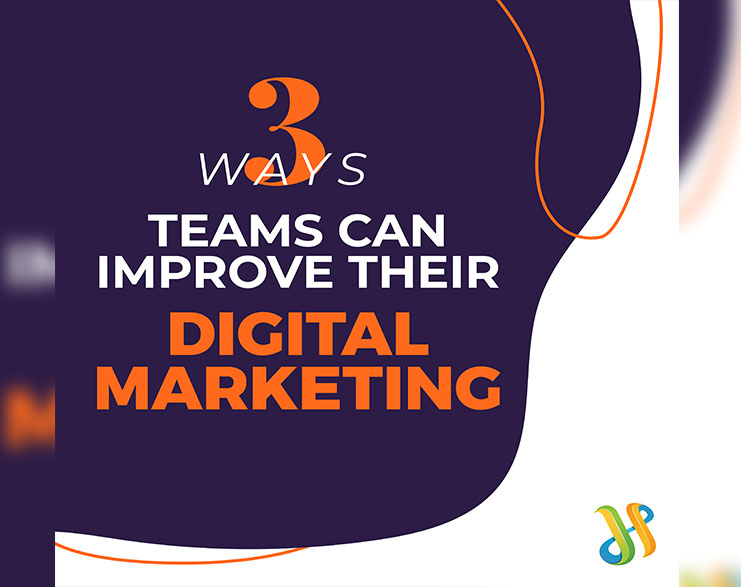Executing effective marketing campaigns is a challenge for teams of any size. This task becomes even more difficult. However, when you’re dealing with large teams that are distributed across several offices — and, in many cases, states and countries. In these cases, it can be nearly impossible to get your team on the same page when it comes to executing a cohesive and effective strategy. And accomplishing the goals you have defined for your organization.
Even worse, having a distributed team can also result in a lack of visibility and communication. Which can stunt the growth of your digital marketing strategy. When you don’t have a way to measure success across the board. You lose sight of which marketing efforts are driving maximum ROI for your organization. It can even be difficult to pinpoint problem areas in your marketing strategy and take proper action when needed.
The good news is that getting a large and distributed team on the same page, although difficult, is not impossible. If this is a challenge you’re ready to tackle at your organization. Keep reading to learn 3 strategies that will help you centralize, streamline, and improve your team’s marketing efforts.
1. Implement A “Parent/Child” Model To Centralize Your Efforts And Make Sure They Align With Your Strategy

Many teams, even those working within the same office, struggle to launch cohesive marketing efforts. Due to the fact that they don’t have a solid process in place for performing quality control before pushing campaigns and initiatives live. If organizations don’t make an attempt to remedy this problem. It can lead their team to launch lackluster efforts, focus on ineffective campaigns, and struggle to ensure brand consistency.
For example, when you have distributed teams that are scrambling to launch time-sensitive campaigns. It can be easy to forget to run the final product by the proper people before hitting launch. In these instances, the best-case scenario is that your marketing efforts go out without a glitch. Most of the time, however, this leads to marketing efforts that are disjointed, not on brand, and that don’t align with your company goals.
For smaller teams working in the same office. Tackling this issue can usually be solved by adopting a project management tool and scheduling more frequent meetings. Larger teams, however, have to be more formal in their approval process by defining and enforcing a clear chain of command. These larger teams can benefit from implementing a “parent/child” collaboration model. Which is designed to help companies centralize their efforts and streamline the approval process.
This model works by assigning a “parent” account (this is usually managed by your main office or headquarters) that is in charge of establishing guidelines. Granting team members permission to work on certain projects, and managing the approval process. This approach helps leadership ensure that all marketing efforts align with their organization’s strategy and goals. While granting “child” accounts the foundation and tools they need to launch cohesive marketing efforts.
Implementing and enforcing this parent/child methodology might seem like a lot of work. But the right tool (such as Act-On’s Marketing Network) makes it easy to introduce this framework to your organization. With Act-On, you can manage permissions, design and designate templates. And share work across teams to ensure all efforts support your strategy and reflect your brand — all in one easy-to-use platform.
2. Leverage Common Templates To Keep Your Efforts On Brand And Eliminate Duplicate Work

Consistent branding and messaging should be a priority for any organization. After all, it can help you stay top-of-mind with your prospects, improve engagement, and help ensure that you’re always getting the right message to your target audience. All of which can increase the effectiveness of your marketing efforts and help you grow your bottom line.
Achieving brand consistency is especially challenging when teams are working on different efforts for different regions and, many times, in different languages. These teams already have many variables and contingencies to consider when developing and launching campaigns. Which means that checking for brand consistency is often the last thing on their to-do list.
Thankfully, you can drastically reduce your chance of being off-brand by equipping your team members with easy-to-use templates. You can design landing pages, emails, and other key marketing content and assets and store them in a media library where your team can easily access them when needed. This will give your team members, especially those who are in a rush. A great starting point to help them stay on brand. Plus, they’ll save valuable time and effort by not having to build these assets from scratch!
3. Consolidate Your Data To Gather Important Insights That Will Strengthen Your Marketing Strategy Across The Board

Marketing teams that don’t consolidate their metrics struggle to improve their efforts and drive growth for their organization. Not having a clear view of how initiatives are performing across the board prevents organizations from changing course and/or improving their efforts when a campaign isn’t performing to its full potential. To make matters worse, even if your marketing efforts are exceeding expectations. Not having the numbers to back up your success makes it difficult to show leadership the value of all your hard work.
Leveraging a tool that allows your team to easily consolidate and analyze key data can significantly improve your chance of developing a more successful marketing strategy. When your team can quickly and accurately identify which efforts are resonating well with your audience and other key trends. It allows them to focus their time and creativity on ideas that are more likely to help you get the most bang for your buck.
Another huge benefit of measuring your success is that you will finally be able to make the case to grow your budget or bring additional team members on board. Leadership is far more likely to accept your request if they can clearly see how your efforts are contributing to your company’s bottom line.




